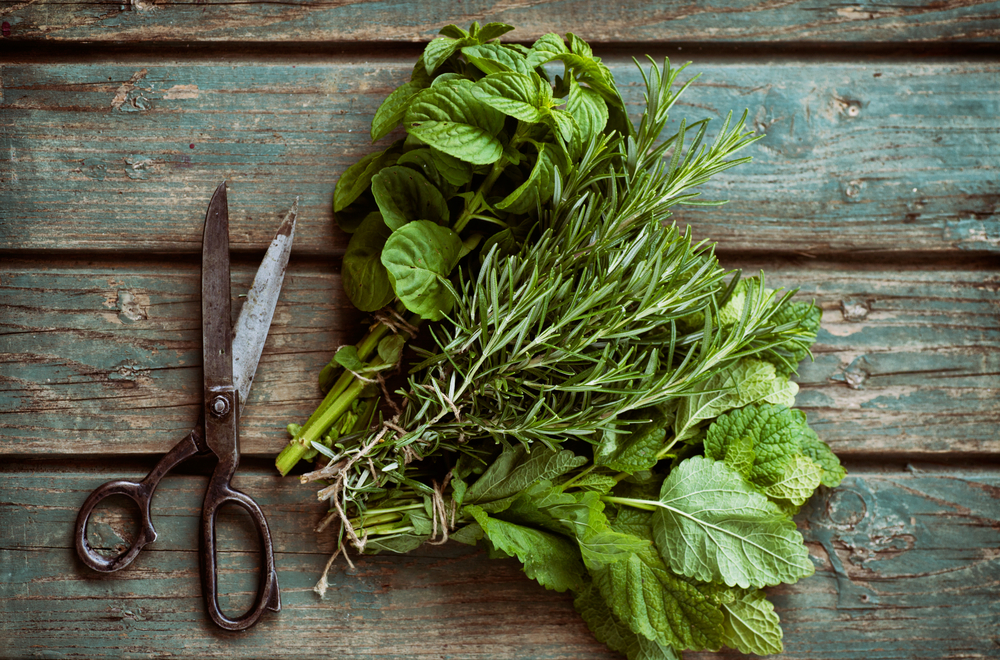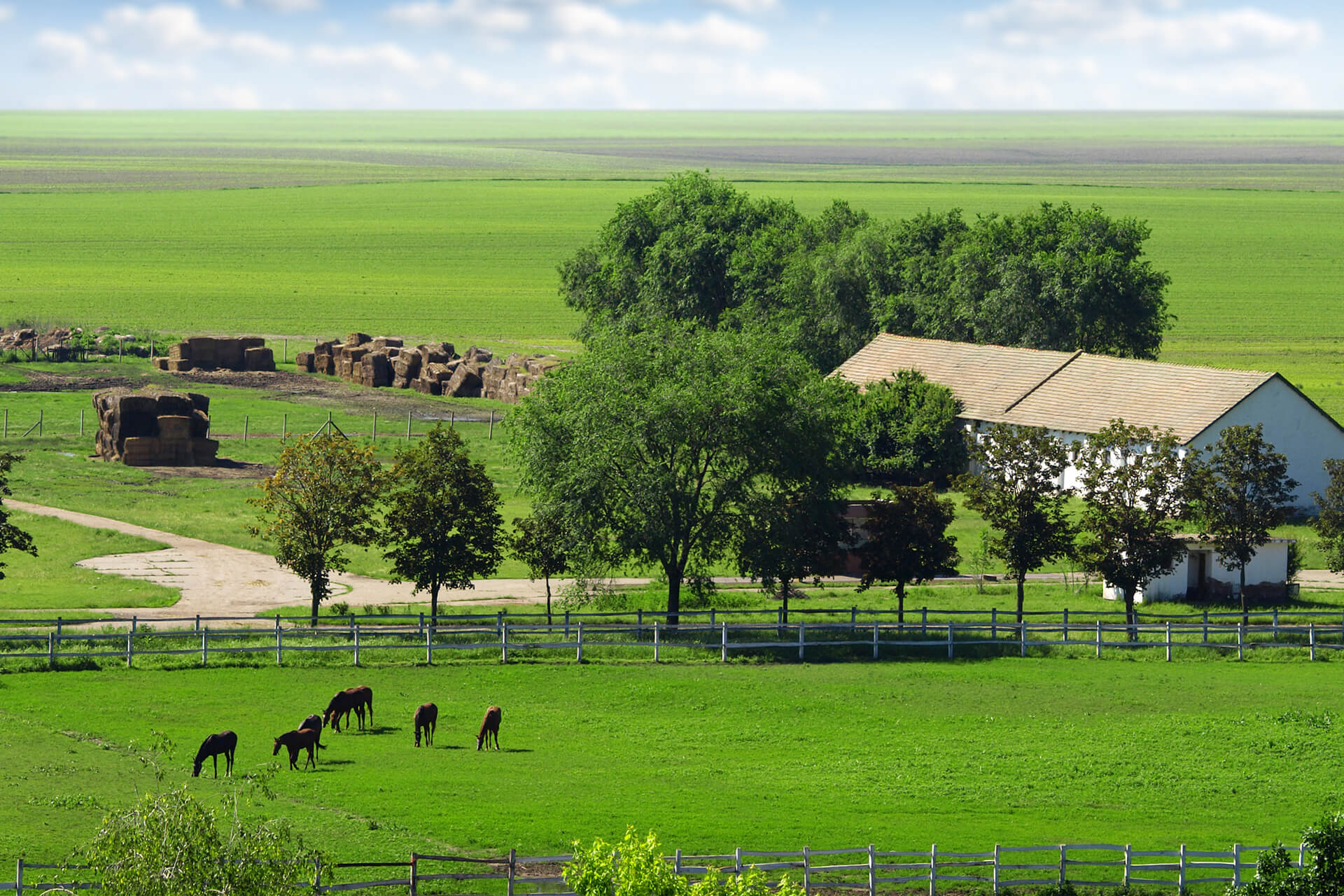Natural Fly Control: Unleashing the Power of Botanicals & Essential Oils for Horses

Today's horse owners encounter a vast array of choices when shopping for fly spray. With so much emphasis on "green" in our world, it's not surprising to find "natural" fly repellent products. But what makes them different from traditional fly sprays?
Natural Insect Deterrents
Read the label of a natural fly spray and you'll see words like "botanicals" and "essential oils," so what exactly are these ingredients?
Botanicals and essential oils are similar in that they are both natural and come from plants, but there are differences. If an ingredient is described as an "essence" (such as a "botanical essence" or "flower essence"), these are often water-based. Essential oils can be produced from a variety of plant materials, depending on where these oils are located in the plant, and may include flowers, seeds, roots, and/or bark.
Essential oils are highly aromatic and some are clearly identified as natural insect deterrents. Essential oils commonly used as ingredients in natural fly sprays include:
- Citronella
- Clove (aka clovestem)
- Thyme
- Peppermint
- Cornmint (aka wild mint, field mint, Japanese mint)
- Rosemary
- Geraniol
- Lemongrass
- Eucalyptus
Read the label on some natural fly sprays and you may find sodium lauryl sulfate, which you probably recognize as an ingredient in both human and animal shampoos. Sodium lauryl sulfate is used because it enhances the properties of the essential oils used in the product.
Natural formulas tend to be water-based and are often alcohol-free, which can be helpful for horses with sensitive skin.
Natural or Chemical?
Technically, the chemical formulations are considered synthetic, while formulas with all plant-derived ingredients are considered natural.
Traditional chemical-based fly repellents are EPA- registered products, while those with only essential oils as active ingredients fall under the label of '25(b)' products, meaning they come under Section 25(b) of FIFRA (Federal Insecticide, Fungicide Rodenticide Act). As such, these products are not required to have an EPA registration number, making them exempt from EPA regulations on efficacy and toxicity.
"Natural fly repellents often don't fall under standard EPA-registered products, but are considered '25(b)' products, and you have to disclose all ingredients in the bottle on the label. Some states now require more efficacy data on natural fly repellents," notes entomologist Casey White, Director of Product Development for Central Life Sciences.
Interestingly, even the chemical-based products may include some ingredients that come from plants.
"Some of the most frequently used active ingredients in EPA-registered products are plant derivative active ingredients called pyrethrins, which come from chrysanthemums, so this is still a 'natural' ingredient," explains White. "It's extracted from the plants and has been used for decades. Many of the synthetic pyrethroids (such as permethrin and cypermethrin), are synthetic copies of this natural ingredient."
White points out that even a number of chemical-based fly control products have added citronella to the formula, which may provide some additional repellency benefits, in addition to smelling good.
Different Types of Repellency
All fly sprays don't work in the same way, and one big difference is how they repel flies.
"Some of the repellency activity with natural products comes because they are dispersed into the air as they evaporate off the animal, so this basically creates a repellent zone immediately around the horse," says White, noting that this is referred to as "spatial repellency."
Spatial repellency creates something like an invisible bubble around the horse, which flies don't want to cross because they sense the presence of the essential oils as they get close.
Synthetic/chemical products work differently because flies have to land on the treated horse first. This is due to tactical repellency created by the ingredients, which the pests quickly identify as something they want to get away from.
Shorter Vs. Longer Lasting
As much as you may love that fly spray made with natural ingredients, it usually won't last as long as a chemical-based product. But why is that?
"You can get effective results with natural-based products, but just know that you will have to use more and use it more often," says White. "The chemical (synthetic) products last longer because they don't break down as quickly as natural ingredients. Chemical ingredients are not as susceptible to degradation in the environment by UV light and oxygen, which breaks down natural products."
White explains that choice of product really depends on each horse owner's "level of acceptance of fly activity," and the fly population where their horse lives. For instance, some owners don't want to see any flies at all, while someone else may be willing to accept the presence of a few flies.
Another difference between natural and synthetic fly products is that natural sprays tend to repel, while many synthetic sprays both kill and repel.
"Most horse owners are interested in repelling because they don't want pests coming in contact with their horses," says White. "Natural sprays may not be as effective at killing pests, but when applied according to label directions and as frequently as needed, they can definitely demonstrate good repellency."
White points out that it really depends on the amount of residual activity you're looking to obtain from an application.
"If you want that activity to last longer, you may go with a more traditional (chemical) fly spray," he notes. "If you just want good short-term repellency, you might steer more towards an essential oil product."
Effective Use
While many people just grab the bottle and spray, you should always stop and read the directions, especially when using a new product. This will tell you how much to apply and how often.
"Not all natural-based products identify an application rate on the label," says White.
For example, the label may not designate a specific amount of product to apply, but instead say "apply liberally" or "apply enough to wet the hair."
Don't overlook that instruction to shake the bottle well before using. This is particularly important with products that contain essential oils, as all ingredients need to be well mixed for the best results.
In addition to reading the full label, White recommends that any time you're using a product for the first time, you should first apply it to a small "test" area on your horse. This way, if by any chance there is an adverse reaction, such as hives, the horse is only affected in one small area, not his entire body.
For any fly spray to be most effective, you should apply it to a clean horse. This means, at the very least brushing off dust and dirt. In the case of an extremely dirty horse, you'll want to wash the animal first and allow the hair coat to dry fully before applying fly spray.
Natural is "In"
A 2018 study on the Usage of Equine Fly Spray Products revealed that the use of natural fly sprays is on the increase, but horse owners aren't willing to abandon chemical-based products. In fact, 39% of horse owners prefer to use a combination of both natural and chemical fly sprays.
While more and more horse owners are following Mother Nature's lead on repelling flies and pests, there's no "right" or "wrong" here. It's up to each horse owner to determine the approach that works best for their horse and the insect population in his environment. You don't have to go all "green." It's fine to cross over and use both.
Another option would be to use a natural-based spray or botanical spray when grooming and riding because you'll have effective repellency and also enjoy the scent of essential oil ingredients. Then when turning out for the night, you may opt to apply one of the synthetic products that offers longer-lasting protection.
The time of year and intensity of insect population can influence the choice of using a natural or chemical-based product. For example, a natural fly spray may be the ideal solution for times when pests aren't at their worst, but your horse still needs protection.
Another chemical-free way to protect your horse from insects is by using a physical barrier, such as a fly mask and/or fly boots.
"There's definitely a place for both natural and synthetic formulated products," notes White, "and in some cases, horse owners would find benefits from using both types of products in their arsenal to combat fly issues."
Life with Horses Newsletter
Sign up now to stay connected with free helpful horse care tips, product updates, and special offers.


